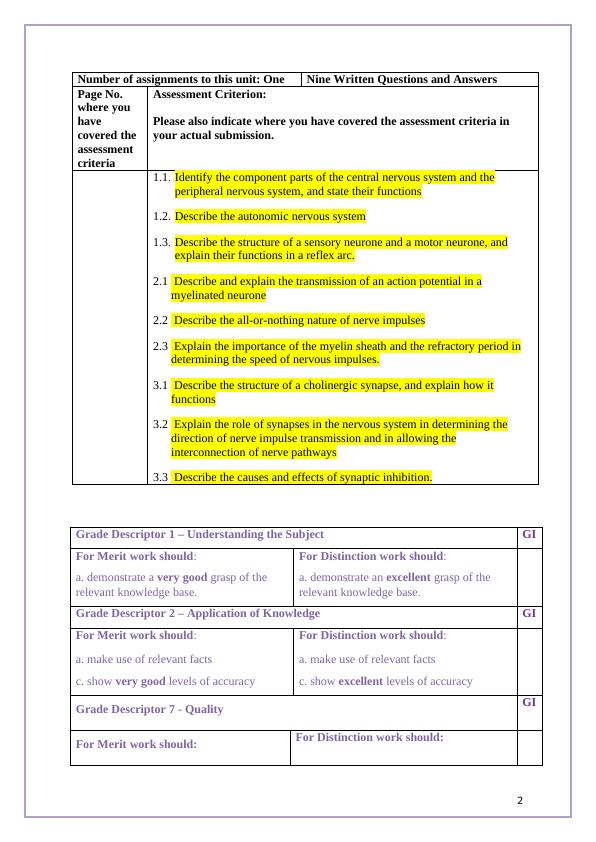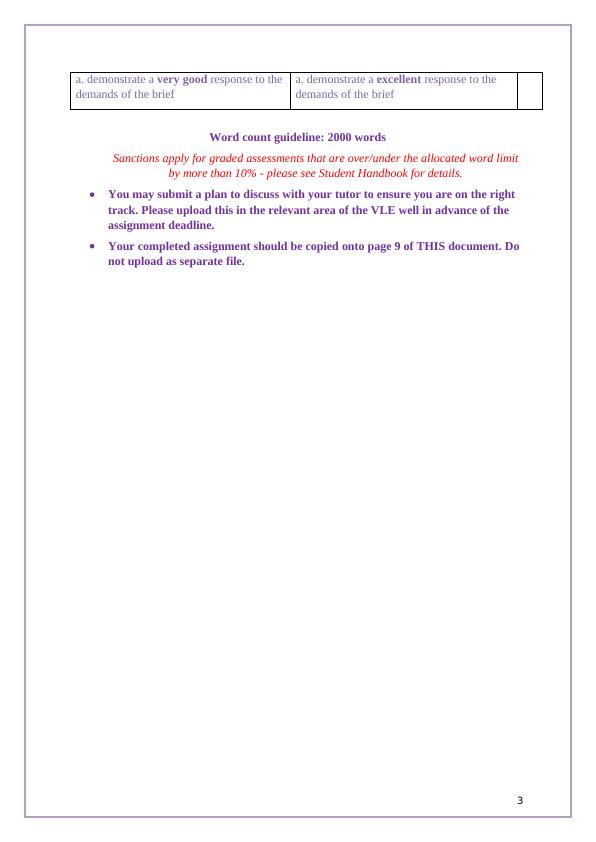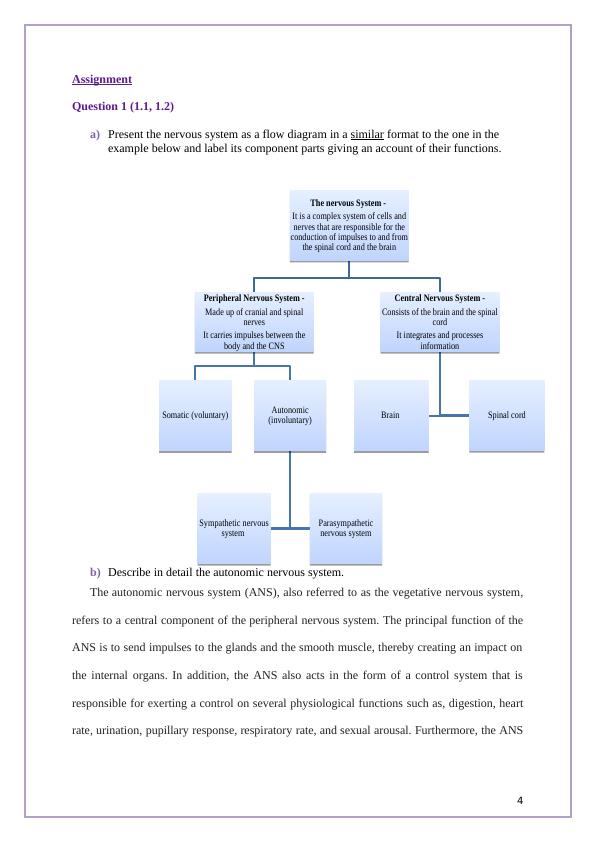Understanding the Nervous System and Autonomic Nervous System
Assignment brief for TA1 unit on the Nervous System, including learning outcomes and assessment criteria.
20 Pages3638 Words103 Views
Added on 2022-11-28
About This Document
This assignment brief provides an overview of the nervous system and its components. It covers topics such as the structure and function of the nervous system, nerve impulses, and the autonomic nervous system. The assignment includes written questions and answers, as well as illustrations and explanations of key concepts. It is suitable for students studying health science professions.
Understanding the Nervous System and Autonomic Nervous System
Assignment brief for TA1 unit on the Nervous System, including learning outcomes and assessment criteria.
Added on 2022-11-28
ShareRelated Documents
End of preview
Want to access all the pages? Upload your documents or become a member.
Homeostasis, Coordination & Control and the Excretory System
|16
|4042
|725
Access to Higher Education Diploma
|19
|3755
|13
Unit 2 Marketing Essentials PDF
|33
|7865
|187
Entrepreneurship and Small Business Management PDF
|84
|9422
|120
Diploma in Business Assignment PDF
|44
|14566
|76




